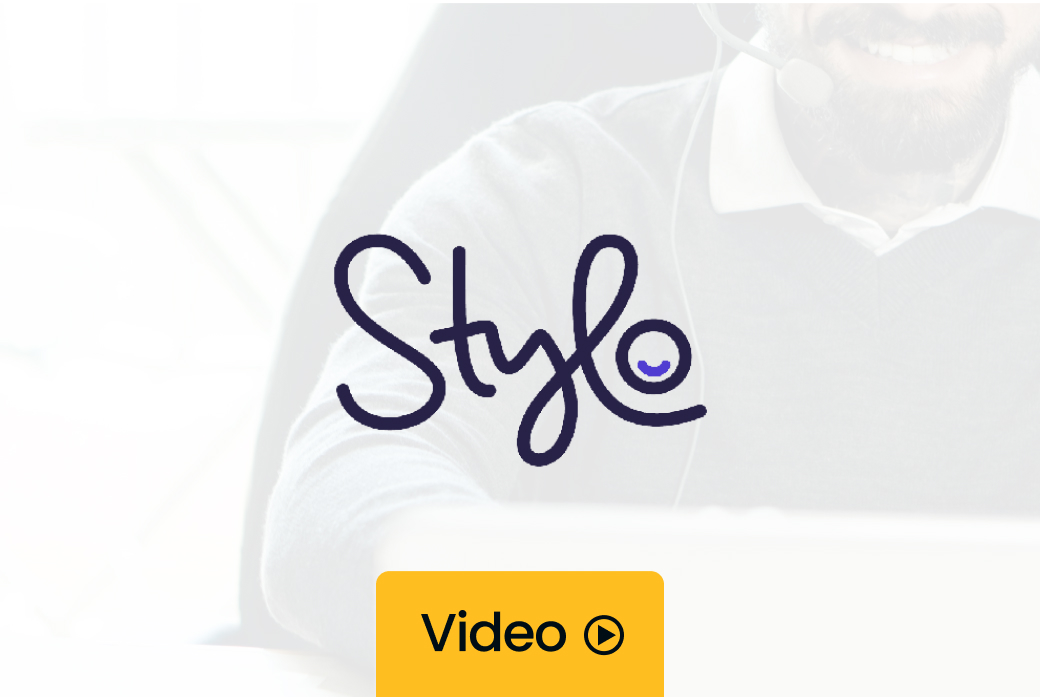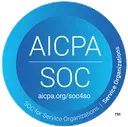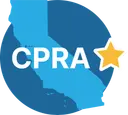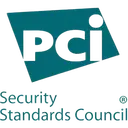Piles of spreadsheets. Endless back-and-forth. Countless versions. Large teams. Disjointed lines of communication. Sound familiar?
The pain of inefficiencies throughout the traditional audit process has been felt for decades. And with growing concerns over the accuracy and transparency of financial and information security audits, it’s time to question whether this process is still effective. While new technologies have emerged, many simply take the “old” way of doing audits and move them to the digital space. While digitization and automation may fix some problems, it certainly won’t fix them all as they don’t solve the main thing lacking in ineffective audit processes—transparency.
A recent article in the Wall Street Journal highlights the increasing number of deficiencies found by inspectors in the Public Company Accounting Oversight Board (PCAOB). The author, Erica Y. Williams, states:
PCAOB inspectors expect that approximately 40% of the audits they reviewed in 2022 will have had one or more deficiencies, in which the audit firm failed to obtain sufficient appropriate evidence to support its opinion.
Erica Y. Williams
Wall Street Journal
That’s an increase of 6% from the report they ran the previous year and 11% higher than the year before that. This trend sends a clear message: The traditional ways of doing audits (whether manual or technological) simply isn’t working anymore. Their disjointed nature lacks transparency, leading to longer and more complex audits than necessary.
A more transparent and seamless audit process is essential for doing better business and safeguarding the interests of investors and consumers. In this blog post, we discuss why the traditional audit process won’t work anymore, especially given the nature of today’s businesses and our current macroeconomic environment, and explore the need for a more effective approach.
The traditional audit process is broken
Traditionally, the audit process involves a team of auditors visiting a company’s offices to inspect the source systems and documents, interview countless personnel, reinterview personnel (because let’s face it, no one was paying attention the first time), and endless back and forth between the auditor and the company. This process is time-consuming and complex, often relying heavily on manual processes.
Auditors may struggle to identify important risks and potential frauds, particularly in larger and more complex organizations. Furthermore, there needs to be more transparency in the audit process, as it is challenging for stakeholders to understand the methodology and results of the audit.
An increasing number of deficiencies
As highlighted in the WSJ article, The PCAOB found increasing deficiencies, including failures to identify significant risks and inadequate testing of internal controls. This alarming trend indicates that the traditional audit process fails to effectively identify and mitigate risks, exposing investors to significant financial losses and companies to significant reputational damage.
The need for a more transparent approach to audits
It’s exceedingly clear there is a need for a more effective approach to auditing. This new approach needs to embrace technology, be transparent, and remove the possibility of human error and influence. It should involve using advanced analytics and artificial intelligence to spot potential risks and frauds. It should also be designed to provide stakeholders with a better understanding of the methodology and results of the audit. Only by adopting a more effective approach and embracing technology can the audit process be made more reliable and secure for businesses and stakeholders.
The benefits of automation and transparency in audit
A transparent and seamless audit process offers numerous benefits to businesses and stakeholders. For businesses, it can help identify potential risks and opportunities to improve financial performance, thereby enhancing business operations. For stakeholders, it can provide a higher level of confidence in the audit provided by a business, which in turn can lead to increased trust, investment, and growth.
Josh Horowitz is CTO of Stylo, an AI assistant for support agents, has experienced the benefits of a more transparent and automated audit process first-hand. Having previously experienced the pains of an audit completed the traditional way using technology that didn’t provide sufficient transparency, he is well aware of the business impact of a subpar SOC 2 report.
After partnering with Thoropass, Josh found efficiency in one comprehensive compliance and audit solution. The resulting SOC 2 report has been instrumental in building trust with Stylo’s customers and doing better business in general. According to Josh, “Even if my previous audits were offered to me for free, I would still pay for Thoropass.”
Moving towards a new era of auditing
The traditional audit process is broken, and there is a desperate need for a better and more trusted way of doing audits. Luckily, a solution exists: the OrO way
Thoropass is the only solution to combine smart automation with expert guidance and experienced auditors to provide a predictable compliance journey with no surprises or gaps along the way. That’s the OrO way: a customer-first way of doing audits that maintains consistency and high quality from start to stamp.
It’s a new way of thinking about audits. By embracing new technologies, methodologies, and approaches that encourage transparency and ethical auditing practices, businesses can join this exciting new era of auditing that is more effective, efficient, and secure.
Explore more content
Learn more about The OrO Way
Discover how The OrO Way uses a customer-first approach to get your business compliant

Related Posts
Stay connected
Subscribe to receive new blog articles and updates from Thoropass in your inbox.
Want to join our team?
Help Thoropass ensure that compliance never gets in the way of innovation.















.png)